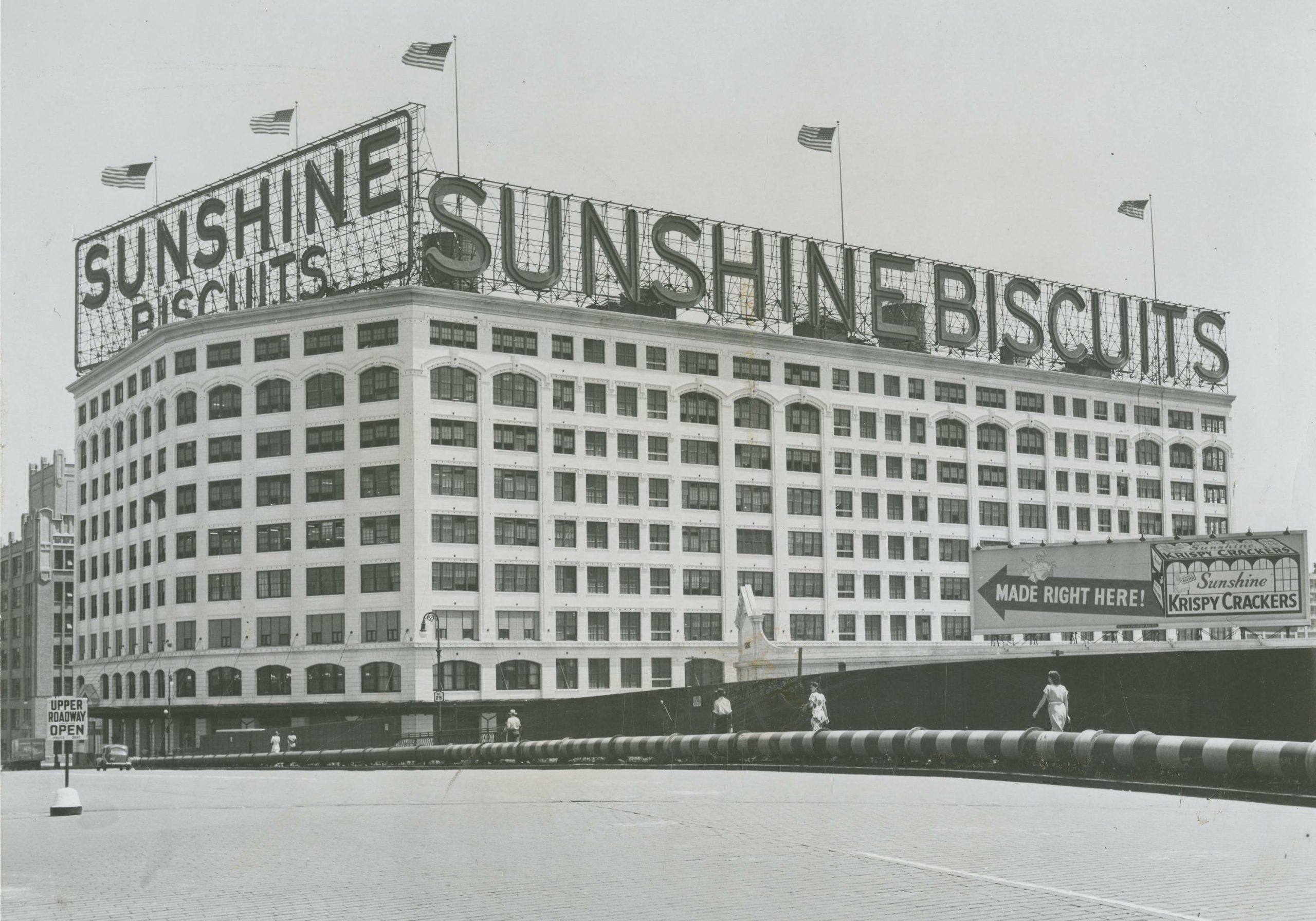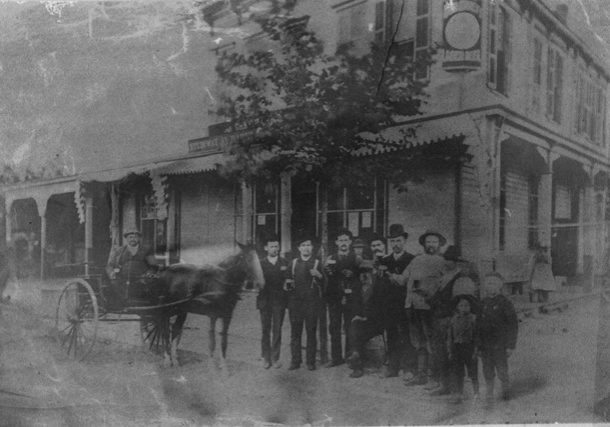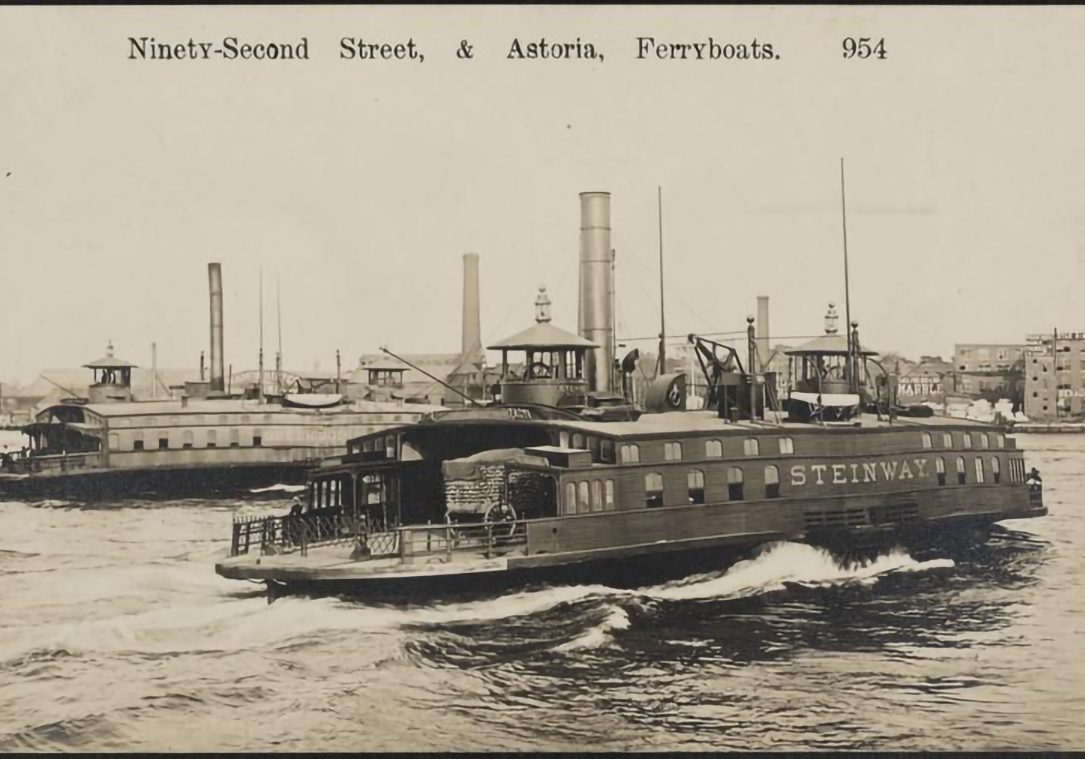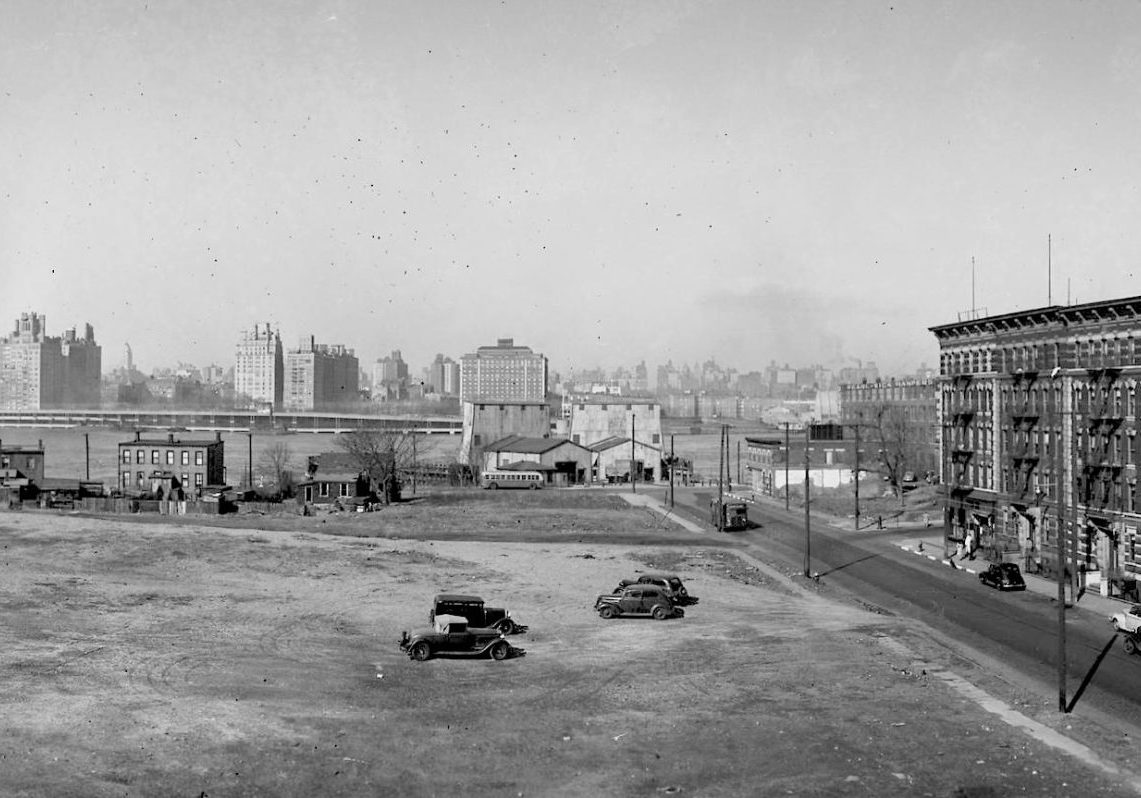Pass the Toke, Hold the Smoke
A Deep Dive Into New York’s Marijuana Laws
We’ve all heard about the therapeutic benefits of cannabis use. Now that it’s legal in New York State, certain laws still exist and need to be reinforced, but also redefined. GMA reached out to Supervising Partner, Elias Fillas, of Astoria’s own Sacco & Fillas LLP “to get the skinny” on “the blunt.”
GMA: New York has become the 15th state to legalize marijuana. What are your thoughts on this?
EF: New York’s Marijuana Regulation and Taxation Act (MRTA) is a transformative law that carries similar precedence to the repeal of the liquor prohibition of the 1920s. The law itself is unique in that it represents a new model for legalization that can be adopted across the country.
Ending the prohibition on marijuana is a step towards addressing the systemic racism and oppression that is perpetuated by the criminalization of marijuana and the policies used to justify enforcement on the “war on drugs,” historically endorsed by both mainstream political parties. MRTA is a progressive legislative framework that creates a new tax revenue regime specifically tailored to address the historical harms perpetrated upon the disenfranchised minority communities which have suffered the most under the marijuana prohibition, and incentivizes entrepreneurship in those communities.

Image Shutterstock
Economically, in estimating the market value of legalization, experts believe that the MRTA has the potential to create a $4.2B industry in New York State alone, with an anticipated $350M per year in tax revenue, and could become one of the largest markets in the nation.
The MRTA is anticipated to have a profound impact on job-creation opportunities and taxation-based revenue generation for the state. It represents a historic opportunity for business owners seeking to fulfill the newly created demand as the market moves from one that’s illicit and founded in a “shadow” economy to a well-regulated, vertically-integrated marketplace where innovation and quality will flourish.
GMA: There is a legal limit to drinking and driving. How do you measure the legal limit of driving under the influence of marijuana?
EF: New York law provides criminal penalties for driving “while ability impaired by drugs.” This law was and continues to be in operational effect notwithstanding the ratification of the MRTA. Importantly, the police can use the alleged smell of marijuana in determining whether someone is driving under the influence of marijuana and as a pretext for vehicle searches. Alcohol has a legal limit of 0.08. With marijuana, there is no limit, and any level of use while operating a motor vehicle is a criminal misdemeanor. It is recommended that marijuana be treated similarly to an open container of alcohol and stored in the trunk.
GMA: Is there a limit to how much a person can legally possess at any time?
EF: The MRTA allows New York citizens to possess up to three ounces of cannabis for recreational use, or 24 grams of concentrated cannabis, while people will be permitted to store up to five pounds of cannabis at home, conditioned upon taking “reasonable steps” to ensure it is stored in a secured place.
GMA: Now that it’s legal, can it be used in public?
EF: People 21+ can now consume or smoke marijuana anywhere it is currently legal to use tobacco. However, it is important to recognize that similar to tobacco, there are certain restrictions on smoking which are applicable to both; for example, in city parks.
GMA: Now that it will be sold in stores, have the laws changed on people selling it independently on “the street?”
EF: The MRTA establishes a violation schedule for the unlicensed sale of marijuana. The sale of amounts under three ounces or 24 grams of concentrated cannabis are subject to a criminal violation and a fine of up to $250. In excess…the charges increase to a misdemeanor. However, whether the NYPD will engage in coordinated enforcement activities against the numerous existing and future unlicensed delivery services remain unseen and will be a function of both the political willpower to engage in such enforcement, as well as the budgetary constraints.
















